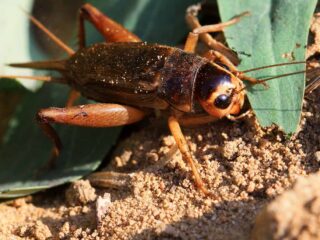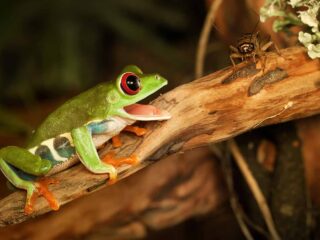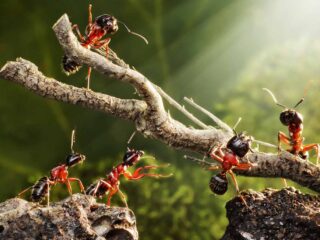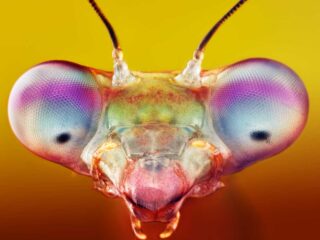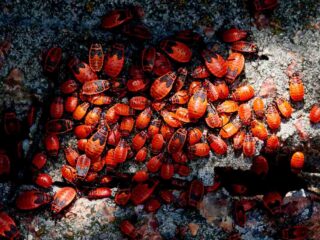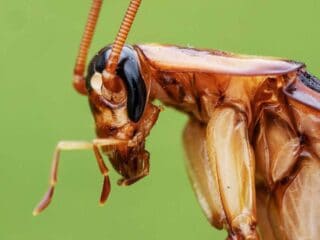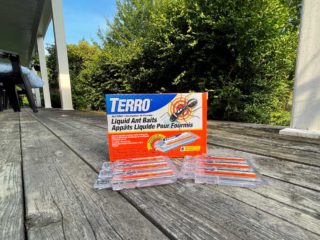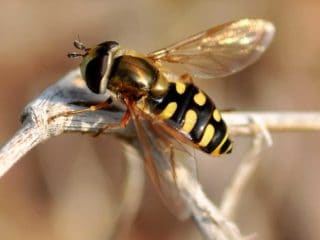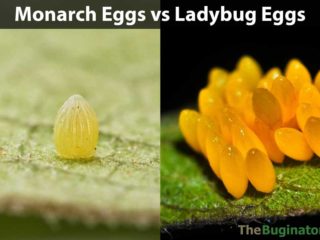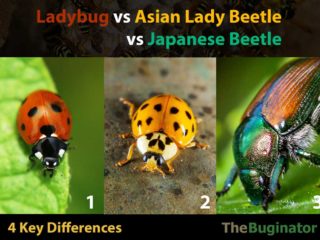Knowing what crickets eat is important to know when trying to prevent an infestation. Or when trying to keep your feeder crickets alive. Crickets are found everywhere in the world (except for Antarctica). These well-adapted creatures may be so widespread due to the variety of their diet. Crickets have an extremely diverse diet. They will …
Bryan Haines
Despite being highly vocal creatures, crickets are quite defenseless against most predators. Determining what eats crickets can help reduce their numbers. Common cricket predators include frogs, spiders, and lizards. Birds, salamanders, and bats also love to eat crickets. And humans in many countries eat crickets as good source of protein. Attracting cricket-eating animals is one …
Insects are amazing tiny creatures and are often overlooked. Are insects animals or something else entirely? Insects are animals because they meet the taxonomic classification for the animal kingdom. These characteristics include: respire with oxygen, feed on organic material, motility, sexual reproduction, and are multicellular. There are more insects on Earth than all other animals …
Insect anatomy is wildly different than our own. They have exoskeletons around their organs, instead of an endoskeleton. You may wonder how different other aspects of their anatomy is. Do insects have hearts? Here’s more about insect hearts and how their circulatory systems work. Do Insects Have Hearts? Insects do hearts, and they are a …
If you see a squished bud, its insides won’t look red but green or yellowish. Do insects have blood? Instead of blood like humans, insects have a similar but distinctly different fluid. Learn about bug blood and about the insect circulatory system. Do Insects Have Blood? Bugs have a substance called hemolymph, which serves similar …
Known for their ability to survive, cockroaches are a group of insects that are part of the Blattodea order. While there are some variations within the 4,600 species of cockroaches, they have similar hearts. Their circulatory systems stand out in the animal kingdom for their number of chambers. So, how many heart chambers does a …
Borax is often confused with boric acid. Until this morning, I was also confused. When I wrote this guide to use borax for roach control, I used borax and boric acid interchangeably. But borax isn’t the same as boric acid. Thankfully, a reader corrected me. Here’s what I’ve learned in my research about these two …
Syrphid flies are beneficial garden insects. Their larvae eat both insects and fungi, depending on the species. And adult hover flies are proficient pollinators around the earth. You will commonly see this tiny fly collecting nectar on flowers in your garden. Adult hover flies collect both pollen and nectar. And hover flies are one of …
Ladybug larva has often been confused as a harmful pest, especially when spotted on a milkweed plant. Sometimes the furry ladybug caterpillar gets squished, thinking that it is dangerous to garden plants. Monarch eggs are distinctive from ladybug eggs. Monarch eggs are white in color and laid one at a time. Ladybug eggs, in contrast, …
Ladybugs are beetle members of the Coccinellidae family. There are thousands of species, and it’s easy to confuse the native ladybug with other beetle species. Like the Asian lady beetles and the Japanese beetle. Here’s how to tell them apart: Ladybug vs Asian lady beetle vs Japanese beetle. Asian lady beetles are a type of ladybug …

